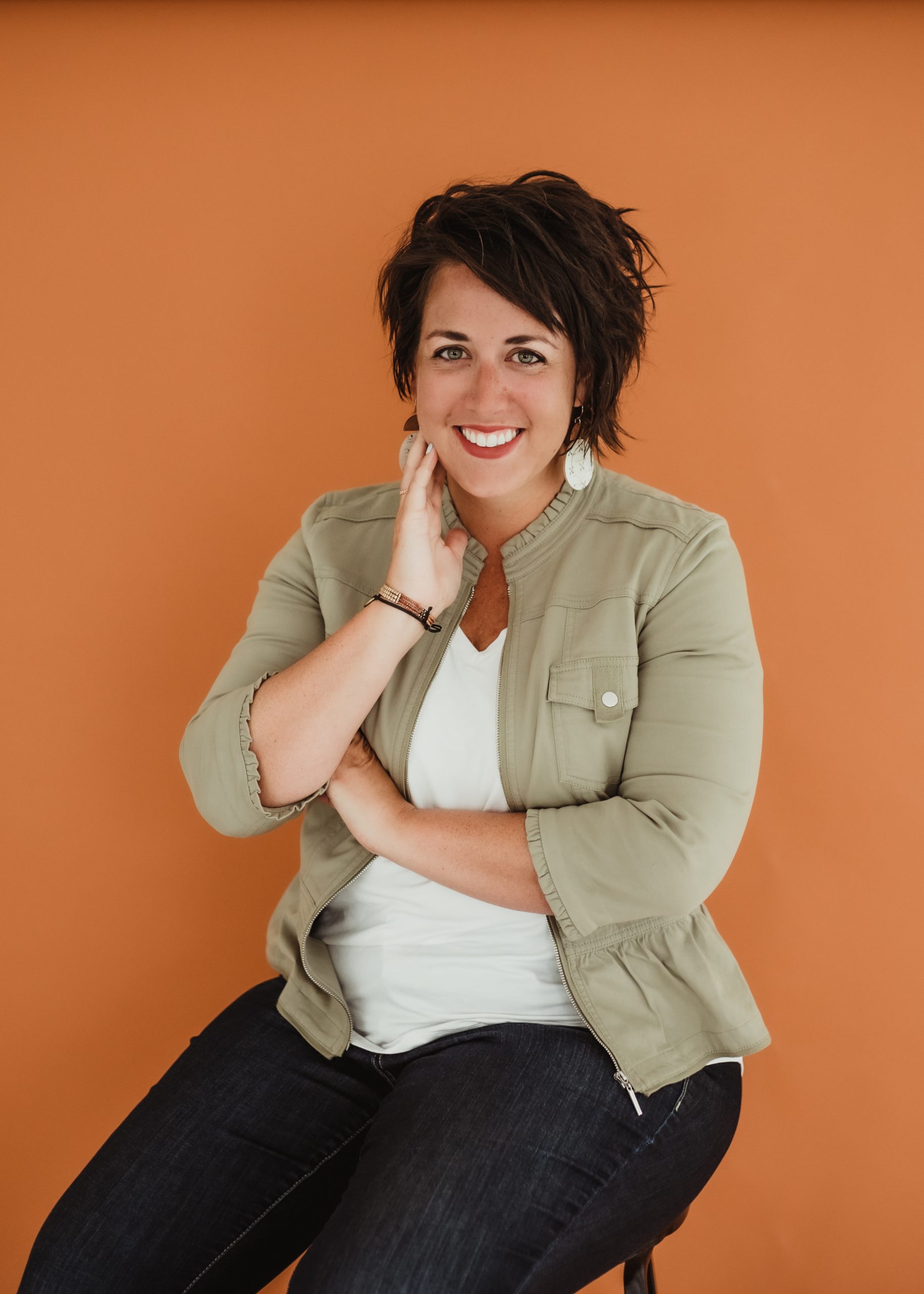
You’ve turned to Tik Tok for the latest makeup hack, parenting advice, and hilarious puppy videos — but now troubled sleepers are looking for solutions in Tik Tok’s favorite new sleep sound, “green noise.” In one video, with an enviable green ocean in the background, we learn that green noise is in the middle of the frequencies of white noise, and has a “calming effect” for some because it “sounds like nature.”
Hear Sleepopolis’ director of sleep health, Dr. Shelby Harris, chat all things sleep on our podcast Sleep Talking With Dr. Shelby!
These aren’t the kind of nature sounds that have you waking up wondering if there’s a coyote in your closet or an owl at your window, but instead an even and consistent ocean-like sound, much more similar to other types of noise such as pink or brown. Another Tik Tokker calls it a “game changer” for those with trouble sleeping.
But all these colors of the rainbow can have your head spinning on just what noise is best for sleep, and in particular your own sleep issues. Though research is still limited on the impact of trending green noise, sleep scientists do already know quite a bit about the power of noise for sleep, and how to determine which type is best for you.
What Is Green Noise?
Green noise is a frequency of white noise. It reminds people of nature more than other frequencies (hence the description “green noise”). White noise, more broadly, contains all frequencies found in the spectrum of sounds that you can possibly hear, with equal parts of each, WebMD reports. White noise typically sounds like an air conditioner, vacuum, fan, or even an airplane engine, while green noise, a type of white noise, might remind you a bit more of soothing nature sounds from wind to water. Green noise is around a frequency of 500 Hz, Huffington Post reports.
Brown noise has a lower, deeper vibe, though it still contains every frequency like white noise. The New York Times describes it as soothing, steady, and rumbly, and notes that it made waves in online ADHD communities in 2022.
Psychologist and primary care physician Dr. Laura Purdy explains green noise as “ambient noise in nature, so some people do find it more soothing than brown noise.” She adds that it sounds distinct from other colors of noise, and is therefore more relaxing for troubled sleepers.
Which Type of Noise Will Put You to Sleep?
A quick scroll through your device’s sleep sound options will reveal a whole rainbow of colors you can fall asleep to. Choosing the best color for you might take some trial and error, and a bit of understanding as to what you are hearing exactly.
“The difference between pink and white noise is that pink noise has some of the higher frequencies reduced and so it sounds a little lower pitched if you are listening to it compared to white noise. Some people find pink noise to be a little bit more soothing than white noise, because those high-pitch frequencies are reduced,” says Purdy.
In contrast, “Brown noise has some emphasis on the lower frequencies and minimizes the higher frequencies even more than pink noise does,” she explains. Purdy adds that brown noise can sound a bit more “coarse” than pink noise, likening it to a strong wind or rushing river.
There are studies supporting each type of noise’s efficacy, such as a 2022 study revealing that white noise significantly reduced the time it took participants to fall asleep by 38 percent, compared to normal environmental noise.
Researchers also pointed to pink noise for shaving minutes off that dreaded “trying to fall asleep” period, and also noted that brown, purple, and blue noise (additional types of frequency combinations) might help you fall asleep, though those have less research backing them up.
Another study showed pink noise to be the most helpful, and even suggested that beyond uses for sleep, color noises might be potentially helpful in workplaces to improve productivity.
Who Might Benefit the Most From “Color” Sounds for Sleep
If you grew up on a busy city street, you might find much more comfort in the sounds of traffic, including car engines and beeping. If you don’t have any issues sleeping, you might even prefer pure silence. That “conditioning” and what you are used to will play a role in what you find comforting and relaxing for sleep, Purdy explains.
Not everyone will want to sleep to noise. But Dr. Kristen Casey, psychologist and insomnia expert, explains the connection between soothing color sounds and sleep issues.
For some people, having no noise is actually more anxiety-inducing, she says. “Having some noise in the background is helpful — we often suggest different varieties of white noise, such as green noise, pink noise, or brown noise because it helps the person have mental safety of knowing there is noise there but it’s not going to cause awakening.”
She adds that for some, it’s hard to “turn off their brains” and the silence of nighttime can exacerbate those racing thoughts, or feeling “alone with your thoughts.” (Anyone who’s ever gotten into bed only to find themselves haunted by an embarrassing comment they made five years ago at a party can relate.)
Purdy adds that you can determine if you are having more trouble falling or staying asleep to start experimenting with which noise is right for you. “Green and brown noises are thought to help with falling asleep, and brown noises are thought to help with staying asleep a little better. Pink and white noise can also be helpful for sleep, as they all block out external sounds,” she says.
In addition to adults who have trouble falling or staying asleep, due to anxiety or other causes, some studies have shown sleep noise to be therapeutic for children with ADHD, babies who struggle to sleep, and those with health conditions.
Purdy adds that for those with loud sleeping partners, whether they are snoring or are parents who are used to waking at the sound of their children (and are now conditioned to wake up easily to kids’ sounds), white and brown noise might be helpful.
How to Find the Perfect Sleep Noise for You
Both sleep experts say that there’s no formula to find the perfect sound for you, but that it’s a matter of personal preference, and a bit of trial and error. Casey starts by explaining what shouldn’t be your go-to noise — the television. Some of her clients choose shows they’ve seen before, explaining that since they know the ending they are tuning it out and not really paying attention, but she says your mind knows better, and is still processing that input actively.
“Your brain actually takes in information even when we’re sleeping, so it disrupts the whole sleep cycle,” she says. She suggests switching off the television and trying some white (or green or pink or brown) noise instead, which is an at-home remedy some can try to improve the over 70 sleep disorders that exist.
Volume might be an issue in the beginning, as you get it to the perfect setting. “Whenever it’s too loud, you’ll notice yourself waking up throughout the night. If it’s too soft, it’s likely that you’re kind of anxious that the noise isn’t there,” Casey says.
You can also set a timer so the sound cycles off if you only have trouble falling, versus staying asleep, she adds. If you know it takes you 20 minutes to go to sleep, for example, you might set the noise to stop 45 minutes later, to be safe.
Finally, don’t let a sound machine try to solve problems that a medical provider should be looking at with you. Casey says that if your sleep issues are interfering with your day, impairing functioning at work or in social settings, you should talk with your primary care physician as soon as possible. While green noise on Tik Tok may make you think you are in Tahiti on a beach, it shouldn’t be the solution to serious sleep problems that need more medical attention.



























